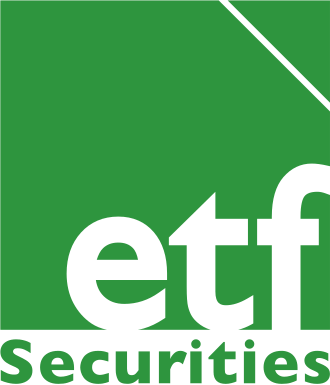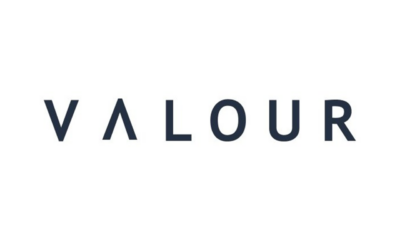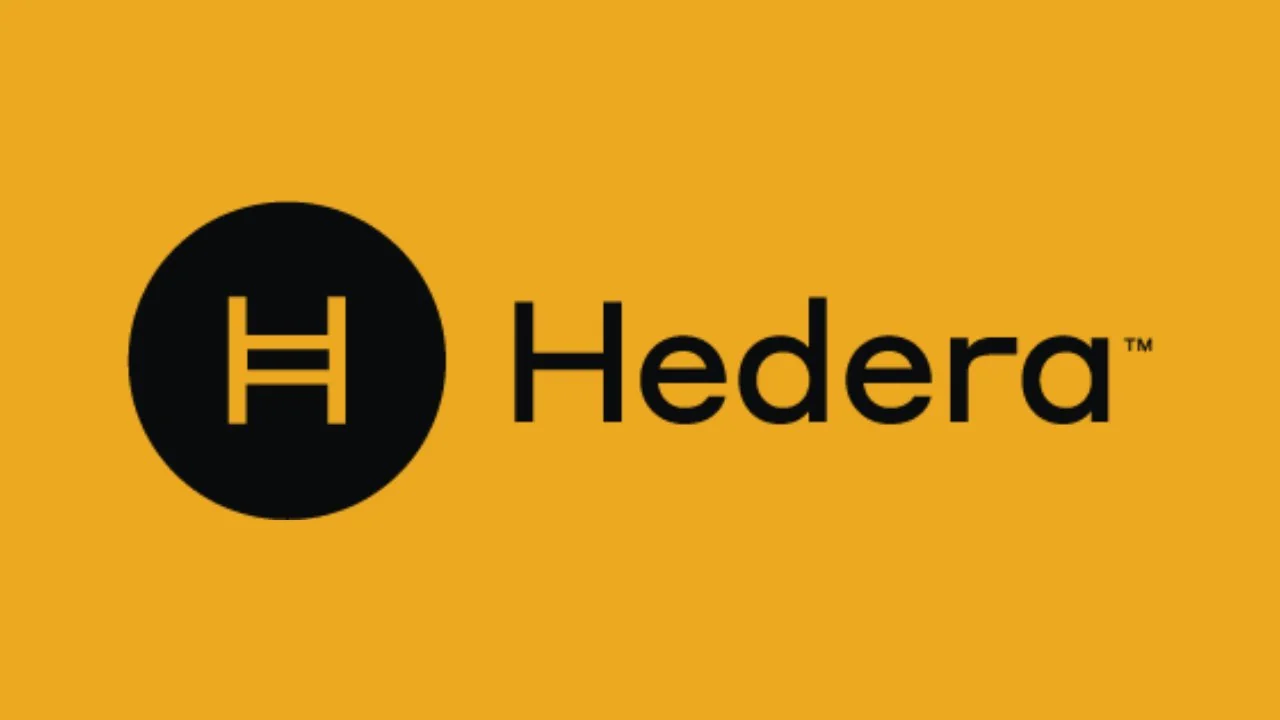ETF Securities Portfolio Insights: Overweight industrial metals and underweight energy
Highlights
- For the third quarter 2017, our equity model suggests increasing allocation in US large caps and French equities while underweighting emerging market stocks mainly.
- The bond model proposes keeping the weights unchanged compared to the benchmark while our contrarian model on commodities underweights energy, overweighting industrial metals, precious metals and livestock.
- Our tactical portfolio outperformed the strategic and the 60/40 benchmarks by 0.9% and 0.5% per year respectively, improving the Sharpe by 36% on average.
Political uncertainties around the world have started to fade. However, centres of tension remain as criticisms over the Trump presidency are growing and as the US economic growth may be near peak. While the French and Dutch elections have defeated the risk of a populist victory, the Brexit negotiations remain full of uncertainties. The UK is unlikely to find in the US the trade partner it is seeking for. The country went through a tough test in early June as the Conservative party lost its majority during the general election. While market volatility is still at its lowest level ever, inflation is gradually rising in the US, EU and UK, increasing the risk of central bank policy errors.
Q3 2017 positioning
In Q2 2017, the market volatility index (VIX) fell below its lower band (-1x standard deviation), indicating that the level of risk on the equity market is low and that investors can have a higher allocation to equities (55%) compared to bonds (35%) similar to the strategic benchmark. For Q3 2017, volatility rose above its lower band making the tactical portfolio switch back to a more balanced split at 45% each. Commodities remain at 10% in both strategic and tactical portfolios.
Within the equity space, we have amended our model as we found, in our note Momentum for short-term tactical play, CAPE for the longer run, that the mean reversion strategy underneath the traditional CAPE (Cyclically Adjusted Price to Earning) valuation model based on 10 years earnings period works best when the investment horizon is longer than 4 years. For shorter investment horizons, such as in the tactical portfolio, a momentum strategy using a version of the CAPE indicator based on a shorter earning period of 5 years instead of 10 provides better results. For Q3, the model therefore suggests overweighting US large caps, France, Spain, the Netherlands and Denmark as valuations of these countries remain elevated compared to the 5-year medians of their real earnings. Valuations peaked in mid-2014 and abated until early 2016, before rising again. At the other end of the spectrum, the model reduces its allocation in Brazil, Russia, Italy, South Africa and Mexico. Italy shows the largest differential between its CAPE ratio and its 5-year median, reflecting its troublesome banking sectors and political instability with a potential new election next year. The domestic equity market is likely to remain undervalued as long as these risks remain unsettled.
The below table highlights how our tactical positions have changed for the past three quarters compared to the strategic benchmark and our new positions for this quarter.
(click to enlarge)
For Q3 2017, the bond model suggests to remain neutral in all categories. This contrasts with the second quarter where the model was overweighting all of them as inflation expectations and interest rate expectations in the US and the EU were signalling a turning point. The CDS (Credit Default Swap) of each bond continues to hover around its historical average.
Our commodity contrarian model, for Q3, is reducing the weight of all energy commodities except WTI crude and is taking a short exposure to Brent and gasoline. This is in line with our view that oil will continue to trade range between US$40/bbl. and US$55/bbl. as the attempt from the OPEC and non-OPEC agreement to restrain the increase in global oil production continues. On the other hand, the model is increasing its allocation in copper, zinc and lead, and is taking a short exposure to aluminium and tin. Fundamentals should remain price supportive as copper is likely to end this year in deficit for the ninth consecutive year. The model is also shifting from underweight all precious metals except palladium in Q2 to overweight palladium only in Q3, taking a short exposure to palladium at the same time as we see the price rally was overdone. Lastly, the model is increasing the weight of live cattle and is taking a short exposure to corn and lean hogs.
Portfolio performance
The tactical portfolio has the lowest level of volatility compared to the balanced 60/40 portfolio, and the strategic benchmark, improving the Sharpe ratio to 0.61 compared to 0.51 for the 60/40 and 0.40 for the strategic portfolio.
(click to enlarge)
The tactical portfolio outperforms the 60/40 and the strategic benchmarks by 0.5% and 0.9% per year since January 2005.
(click to enlarge)
Each asset class in the tactical portfolio also outperforms its equivalent in the 60/40 and strategic benchmarks. The bond component outperforms by 0.5% on average, the equity by 0.3% and the commodity by 4.5%, illustrating the efficiency of our fundamental-based models in improving the risk/return profile of the asset class as well as the tactical portfolio.
In addition, the tactical portfolio provides higher protection from the downside risk with a maximum drawdown of -25.4% compared to -33% for the 60/40 and -37% for the strategic benchmark.
Finally, the portfolio recovers faster to its previous peak (2 years versus around 3 years for both benchmarks).
Portfolio methodologies
Our strategic benchmark follows a long-only strategy with 60 investments across three asset classes: commodities (25), equities (28) and bonds (7). As illustrated below, the initial weights are based on the weighting methodology of:
• The Bloomberg Commodity Index for commodities
• The MSCI AC World Index for equities
• The Barclays bond indices for bonds
(click to enlarge)
For more information contact:
ETF Securities Research team
ETF Securities (UK) Limited
T +44 (0) 207 448 4336
E info@etfsecurities.com
Important Information
This communication has been issued and approved for the purpose of section 21 of the Financial Services and Markets Act 2000 by ETF Securities (UK) Limited (“ETFS UK”) which is authorised and regulated by the United Kingdom Financial Conduct Authority (the “FCA”).

 Nyheter3 veckor sedan
Nyheter3 veckor sedan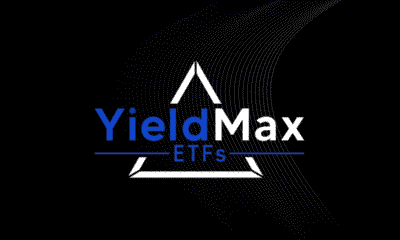
 Nyheter4 veckor sedan
Nyheter4 veckor sedan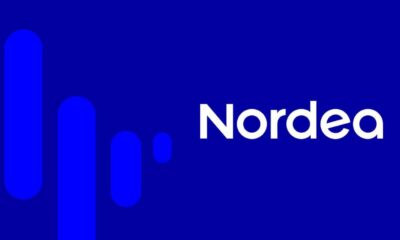
 Nyheter3 veckor sedan
Nyheter3 veckor sedan
 Nyheter3 veckor sedan
Nyheter3 veckor sedan
 Nyheter4 veckor sedan
Nyheter4 veckor sedan
 Nyheter2 veckor sedan
Nyheter2 veckor sedan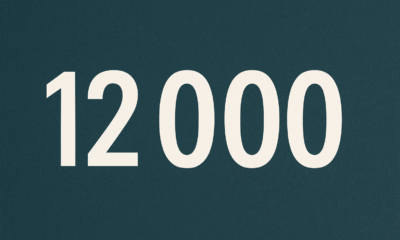
 Nyheter2 veckor sedan
Nyheter2 veckor sedan
 Nyheter2 veckor sedan
Nyheter2 veckor sedan
